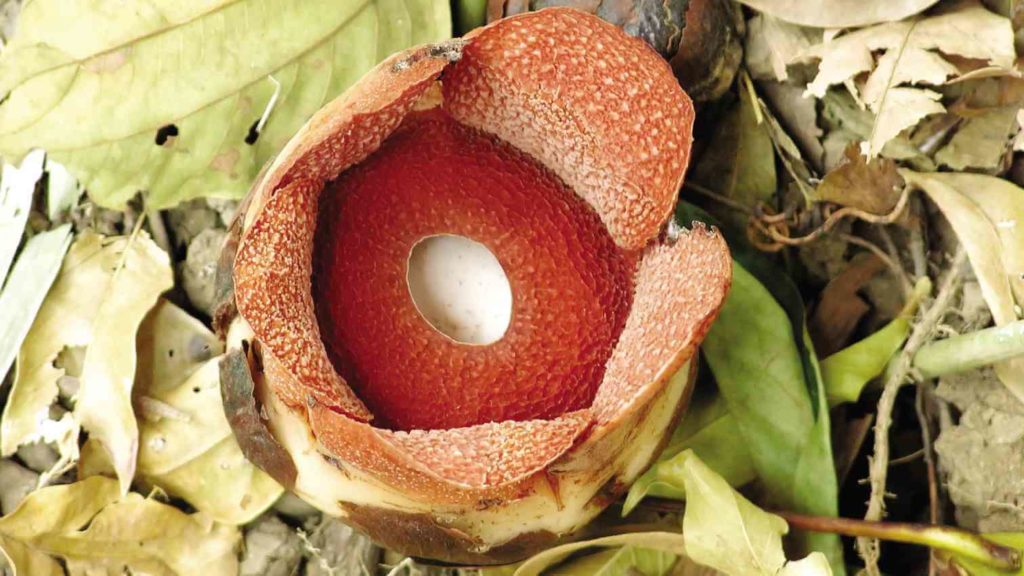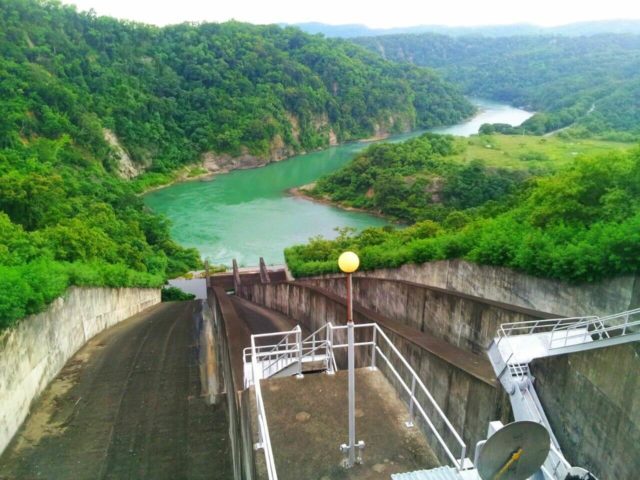The Philippine Information Agency (PIA) and its partners called for a shift in climate storytelling. A shift from stories focused on fear to those that give hope.
Hope-based communication
Association of Young Environmental Journalists (AYEJ) Executive Director Val Amiel Vestil cited a 2019 study from Harvard Humanitarian Initiative which revealed a low level of climate change awareness among Filipinos.
“It is incredibly ironic that there is such a low level of climate change awareness among Filipinos, considering the country’s vulnerability to climate-related disasters. This affects biodiversity conservation as well. In fact, according to the World Risk Index 2023, the Philippines tops the list as the most disaster-prone country globally. It raises the question of why a country so heavily affected by climate change would have citizens with such low awareness of biodiversity, climate, and environmental issues,” Vestil told about 80 campus journalists and students of Nueva Ecija University of Science and Technology (NEUST) during the second leg of Kilos Kabataan para sa Saribuhay [Biodiversity] forum.
While there is a low level of climate change awareness, there is a high level of concern among Filipinos regarding its impacts. This suggests that Filipinos are worried about how climate change and environmental degradation affect them due to the numerous disasters they have experienced.
“Many young people actively avoid bad news. According to the study of Reuters Institute, around 40 to 42 percent of those aged 18 to 34 actively avoid negative news due to the overwhelming amount of sad and bad information being reported,” Vestil furthered.
According to the digital news report by Reuters Institute, the Philippines ranks first in Asia-Pacific for having a population interested in climate news.
“This means we need to start writing better about how we approach climate, biodiversity, and environmental stories. And if we’re not writers, we need to start consuming better stories about climate and the environment,” Vestil pressed.

Drawing upon the principles of hope-based communication of Thomas Coombes, he proposed a paradigm shift in storytelling, urging the youth to communicate climate stories that inspire courageous action instead of instilling fear. He emphasized four key shifts namely from problems to solutions, from threats to opportunities, from pitying victims to supporting heroes, and from what we oppose to what we stand for.
Vestil clarified that hope-based communication does not involve ignoring problems or falsifying facts but rather striking a balance in stories to inspire meaningful action.
The call for writers and readers is to embrace this new approach to storytelling, fostering narratives that inspire courage, action, and hope in addressing environmental challenges.
Nueva Ecija’s biodiversity and its challenges
In the heart of Nueva Ecija lies a hidden gem, a sanctuary teeming with life and lush landscapes—the Pantabangan-Carranglan Watershed Forest Reserve (PCWFR).
Stretching over 94,864.95 hectares across the Central Luzon and Cagayan Valley regions, this ecological haven is often referred to as the “life support system” and “backbone” of Nueva Ecija. PCWFR is strategically located in the Upper Pampanga River Basin, serving as a living corridor that connects the Caraballo and Sierra Madre Mountain ranges.
The reserve boasts a network of rivers and creeks covering over 607 kilometers, supplying an annual inflow of 1.9 million cubic meters of water to the Pantabangan Dam.
This multi-purpose earth-fill embankment dam also houses three hydropower facilities with a combined capacity of 272 megawatts of clean energy, irrigating 150 thousand hectares of rice farm in Central Luzon.
PCWFR is not just a forest; it is a symphony of biodiversity. With over 293 morphospecies identified by the University of the Philippines – Los Baños and an additional 1,300 species documented by the Philippine Taxonomic Initiative, the reserve is a treasure trove of unique and potentially undiscovered plant life.
Among the notable finds are more than 20 potentially new plant species, including critically endangered and presumed extinct ones. The reserve is home to economically vital plant species such as Dipterocarps, Syzygium, and other hardwood plant families and under-canopy species.
Meanwhile, the fauna in PCWFR is equally diverse, hosting 175 species of birds, 18 amphibians, 38 reptiles, and 18 bats. Notably, 45 percent of the recorded vertebrates are endemic to the Philippines. The reserve serves as a vital feeding and roosting site for various waterbirds, including the endemic Anas luzonica and rare species such as Common Pochard and Tufted Duck.
However, despite its ecological significance, PCWFR faces several threats of biodiversity degradation. Major sources of threats include fires, shifting cultivation, timber poaching, soil erosion, wildlife hunting, and the introduction of non-native species.

To address these challenges and preserve its rich biodiversity, the Department of Environment and Natural Resources conducts biodiversity enhancement programs and activities, in collaboration with local communities and other environmental organizations.
With this, PCWFR Assistant Protected Area Superintendent Leonardo Udasco Jr. calls on the Novo Ecijano youth to play an active role in conserving the province’s biodiversity.
“So that we may leave something for the next generation… I know that since the ‘Unang Sigaw ng Nueva Ecija’, the hearts of the Novo Ecijanos have been engraved with or deeply felt love for nature,” he highlighted.
Commitment of the Novo Ecijano youth
PIA Assistant Regional Head Carlo Lorenzo Datu encouraged the Novo Ecijano youth to embrace their roles as stewards of biodiversity. He urged them to heed the urgent call for biodiversity conservation and responsible natural resources management, as Filipinos are closely tied to these resources to survive and thrive.
“Let’s leverage our online and offline platforms to champion biodiversity and unite as unwavering advocates for our planet’s well-being,” Datu furthered.
In his message of support, The Blaze Editor-in-chief John Darwin Arenas underscored the crucial role of campus journalists in advocating for environmental issues. He emphasized the importance of campus publications as vital mediators of scientific information, raising awareness and perception of environmental risks among students and society.

Pantabangan-Carranglan Watershed Forest Reserve Assistant Protected Area Superintendent Leonardo Udasco Jr. calls on the Novo Ecijano youth to play an active role in conserving the province’s biodiversity. (Maria Asumpta Estefanie C. Reyes/PIA 3)
With this, Arenas pledged unwavering support from The Blaze, the official publication of NEUST, and its sister publications, Anihan and The Boulders, in prioritizing environmental articles. He assured collaboration with organizations like AYEJ to further collective causes and contributions to society and the environment.
Furthermore, Arenas reaffirms their commitment to standing alongside the community in the fight for the nation, youth, students, and the environment. With their pens as their weapons, they vow to continue championing environmental advocacy.
Through the Kilos Kabataan para sa Saribuhay, the Novo Ecijano youth are empowered to become environmental champions and storytellers of hope, weaving narratives that inspire action and change.
By uniting their efforts, they will not only preserve the biodiversity of their province but also ignite a ripple effect of conservation across communities, fostering a sustainable future for generations to come. (CLJD/MAECR-PIA 3)





